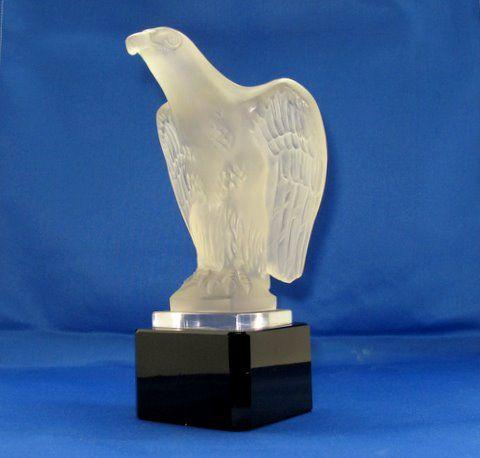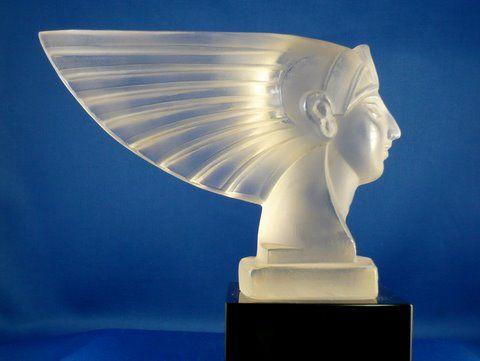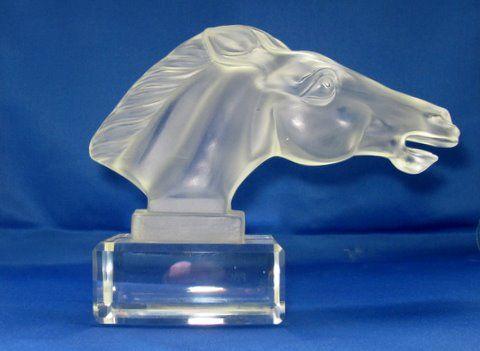Harley-Davidson's existence in the motorcycle industry of the United States was one of rapid growth, and surely the huge Indian company was their target. In 1914, Harley-Davidson still only produced half the number of motorcycles as did their chief rival, Indian but the models they marketed were the result of careful evolution. The motorcycles were sound in construction and each year incorporated recent innovations. The significant improvement for the 1914 model year was a new two-speed rear hub of Harley's own design. The company made statements to the effect that once a rider tried a two-speed gear change they would never go back to the single speed machines of old. Further improvements to the mainstay model of the 1915 Harley-Davidson included improvements to the engine and a brand new 3-speed sliding gear transmission. Substantial gains in power output allowed the motorcycle to be faster and more tractable. The new transmission provided an extremely competent mount that made good use of the new found power from the engine. A rider could putt about at a walking pace or put the motorcycle through its paces in higher gears. In a sense, the 1915 Harley-Davidson was the beginning of the modern Harley-Davidson. This 1915 Harley-Davidson Model 11F comes from the collection of the late Bud Ekins, famous stunt rider and collector of early American motorcycles. This motorcycle may have also been in the collection of the late actor Steve McQueen who bequeathed much of his motorcycle collection to Ekins. The motorcycle is an older restoration correctly finished in Renault Gray with broad dark gray striping. The Model 11F has a V-twin 61 cubic inch engine with magneto ignition and chain drive. This model retains Harley-Davidson's innovative step-starter which allows a rider to start the motorcycle without lifting the bike onto the rear stand, and is the first year of the 3-speed sliding gear transmission. Included in this sale is the Rogers sidecar sold by Harley-Davidson in 1915. In that year, the company doubled the purchase of sidecars from Rogers to 5000 units. With nearly 15,000 V-twin motorcycles manufactured that year, sidecar outfits represented a substantial number of sales. The Bud Ekins 1915 Harley-Davidson is completely road worthy and licensed. With detailing, it can become a great antique motorcycle to enjoy on the road, or a very solid machine for a concours restoration. Without reserve
Harley-Davidson's existence in the motorcycle industry of the United States was one of rapid growth, and surely the huge Indian company was their target. In 1914, Harley-Davidson still only produced half the number of motorcycles as did their chief rival, Indian but the models they marketed were the result of careful evolution. The motorcycles were sound in construction and each year incorporated recent innovations. The significant improvement for the 1914 model year was a new two-speed rear hub of Harley's own design. The company made statements to the effect that once a rider tried a two-speed gear change they would never go back to the single speed machines of old. Further improvements to the mainstay model of the 1915 Harley-Davidson included improvements to the engine and a brand new 3-speed sliding gear transmission. Substantial gains in power output allowed the motorcycle to be faster and more tractable. The new transmission provided an extremely competent mount that made good use of the new found power from the engine. A rider could putt about at a walking pace or put the motorcycle through its paces in higher gears. In a sense, the 1915 Harley-Davidson was the beginning of the modern Harley-Davidson. This 1915 Harley-Davidson Model 11F comes from the collection of the late Bud Ekins, famous stunt rider and collector of early American motorcycles. This motorcycle may have also been in the collection of the late actor Steve McQueen who bequeathed much of his motorcycle collection to Ekins. The motorcycle is an older restoration correctly finished in Renault Gray with broad dark gray striping. The Model 11F has a V-twin 61 cubic inch engine with magneto ignition and chain drive. This model retains Harley-Davidson's innovative step-starter which allows a rider to start the motorcycle without lifting the bike onto the rear stand, and is the first year of the 3-speed sliding gear transmission. Included in this sale is the Rogers sidecar sold by Harley-Davidson in 1915. In that year, the company doubled the purchase of sidecars from Rogers to 5000 units. With nearly 15,000 V-twin motorcycles manufactured that year, sidecar outfits represented a substantial number of sales. The Bud Ekins 1915 Harley-Davidson is completely road worthy and licensed. With detailing, it can become a great antique motorcycle to enjoy on the road, or a very solid machine for a concours restoration. Without reserve















Testen Sie LotSearch und seine Premium-Features 7 Tage - ohne Kosten!
Lassen Sie sich automatisch über neue Objekte in kommenden Auktionen benachrichtigen.
Suchauftrag anlegen